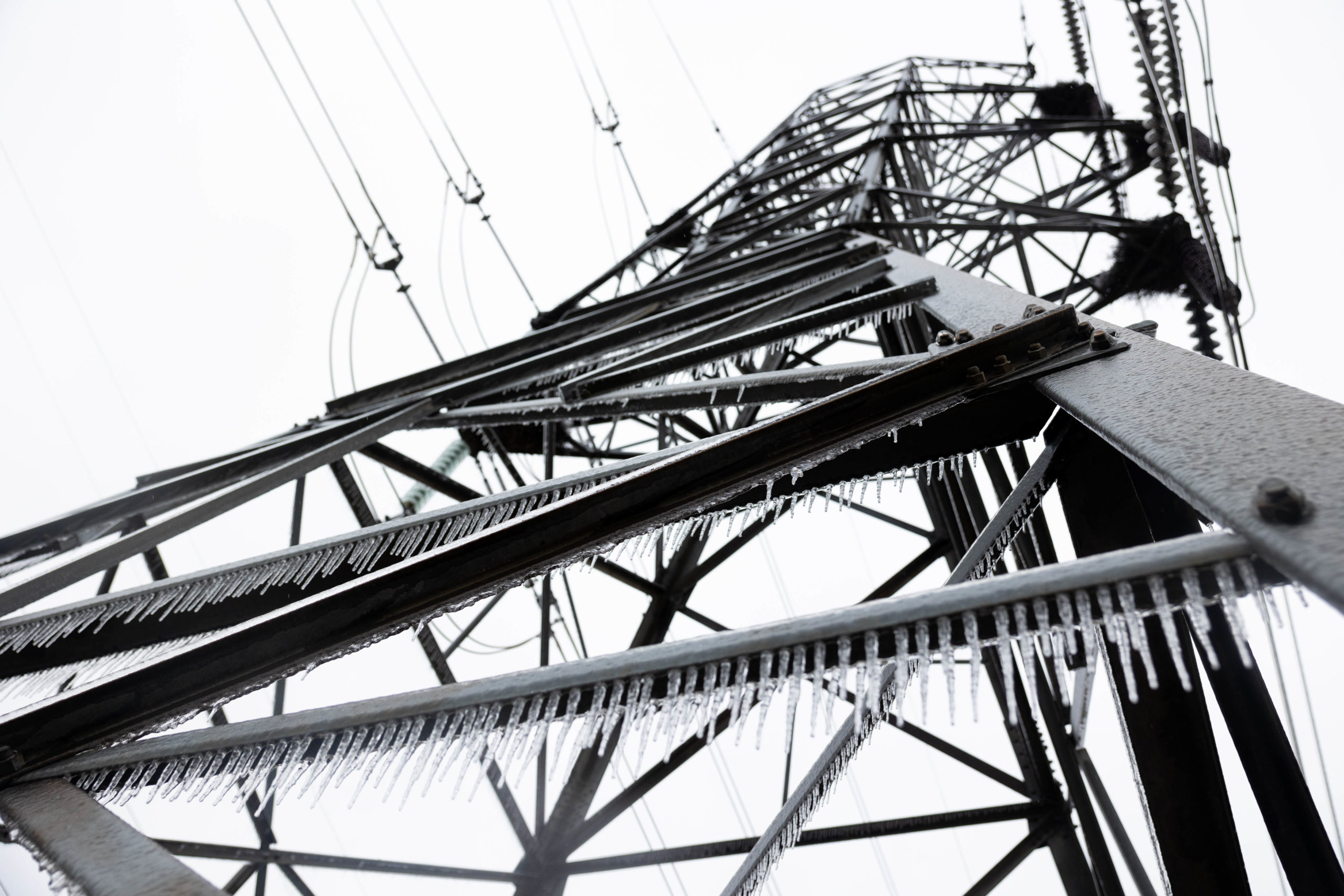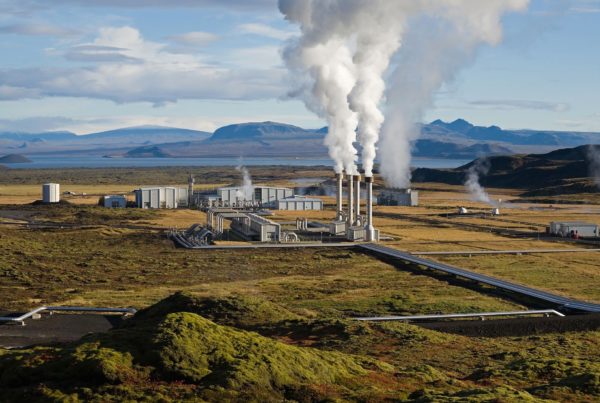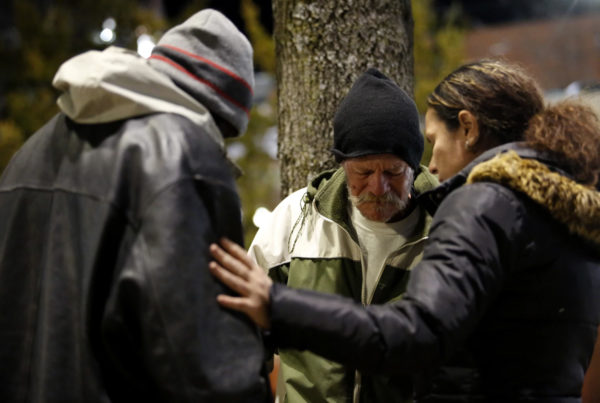The worst of the precipitation from the first statewide winter storm appears to be behind us. That doesn’t mean the nightmare is over.
The latest power outage map shows nearly 400,000 customers, mostly in Central and Northeast Texas, without power Thursday morning after crews worked throughout the night to restore power. Part of the difficulty has been getting into iced-up areas with trucks – a challenge compounded with countless fallen trees and limbs blocking access to transformers and downed power lines.
Mose Buchele, host of The Disconnect podcast and an energy and environment reporter for KUT in Austin, provided coverage for the 2021 winter storm and brought his insight on the comparisons between that event and this one to the Standard. Listen to the story above or read the transcript below.
This transcript has been edited lightly for clarity:
Texas Standard: What’s causing the power outages we’re seeing throughout Texas right now? Is it one issue or a perfect storm, if you will?
Mose Buchele: You know, I think primarily it is one issue. That issue is ice – ice specifically on trees. I know here in Austin, they’re saying that that accounts for the vast majority of power outages. We’re seeing ice accumulating on trees and bringing branches down over power lines. And obviously that cuts power. Now, there are also other equipment failures – problems with freezing-up equipment and things of that nature. But from what we’ve heard here in Austin, it’s mostly that question of, like, icy vegetation.
Looking at the numbers, it looks like Austin/Central Texas experienced the most overall outages on Wednesday and into this morning. Does that have to do with how the weather hit this area or the infrastructure in the capital city or what?
You know, it depends on who you ask. I asked the city-owned utility, Austin Energy, yesterday and they said, “yeah, it’s mostly kind of bad luck.” The weather hit us really hard. We had a lot of ice and then obviously this is a city known for its tree canopy. And so you combine all those trees with the ice and you get this kind of massive outage event. Obviously, a lot of other people aren’t taking that as the full story here. They wish the the utility had planned better. They thought it could have responded better. And when you look at the numbers, you do see that Austin really suffered way more of these types of outages than most other parts of the state.
I know a lot of folks were worried, given what happened during the February storm in 2021, the Electric Reliability Council of Texas couldn’t meet demand and we had major blackouts across the state. That hasn’t been the case this time. Were there steps taken in advance of this storm? And perhaps you can break down the difference between ERCOT and the local power providers, which is kind of crucial in understanding this.
Yeah, that’s a great question. So, you know, obviously a lot of people are having flashbacks to 2021, especially if you’ve lost power in the storm. You feel like this is almost a repeat of what happened with that grid-wide blackout almost exactly two years ago. The causes are different. This time, and state officials have been really quick to point this out, it was not a question of not enough power being on the grid. The state grid had enough power for this event the whole time. These outages were what they call “local outages,” again, caused by things like ice on power lines. And so that is the difference.
You know, I do stress, though, that for the person sitting at home in the dark, in the cold, that might not really matter much. You’re experiencing a big blackout and you’re wondering maybe what could be done differently to prevent this from happening again.
Well, I guess that is the question, right? I mean, is there anything individuals or cities can do to prevent these kinds of outages going forward? Or is this just what happens when it gets icy in Texas?
I think that’s really what people are trying to parse right now. Obviously, you could do increased tree trimming, and you were already seeing a lot of people talk about that. Are our local utilities doing enough to to trim tree branches, to keep branches off lines? In fact, this is also always a big question that comes up after wildfires caused by by power lines, too. Are we doing enough of what they call “vegetation management,” in the kind of jargony term for it? So that’s one question.
Also, are you monitoring your lines well enough? Are you making sure ahead of time that an outage won’t occur? Also, and I can’t really stress this enough, are you responding to these emergencies sufficiently? Are you communicating with the public? Are you getting extra crews out to help quickly enough? All of these are things that, in fact, you know, this is still kind of the tail end of this event that we are already asking and that people, I’m sure, are going to be looking at going ahead.
I was struck by the fact that, throughout this, ERCOT did have much more supply than demand. And we know that the demand was rather high throughout all of this, with everyone hunkering down and trying to stay warm. What steps were taken by ERCOT, and should those not be acknowledged?
Yeah, so there have been changes made to the grid there. There were weatherization standards put in place that they say have stopped the same levels of failures at power generators. There are also market changes, without getting too wonky about it, that they say push more power on the grid sooner when an extreme weather event comes on. And so they are pointing to this as evidence that, you know, some of the changes they’ve made have helped.














